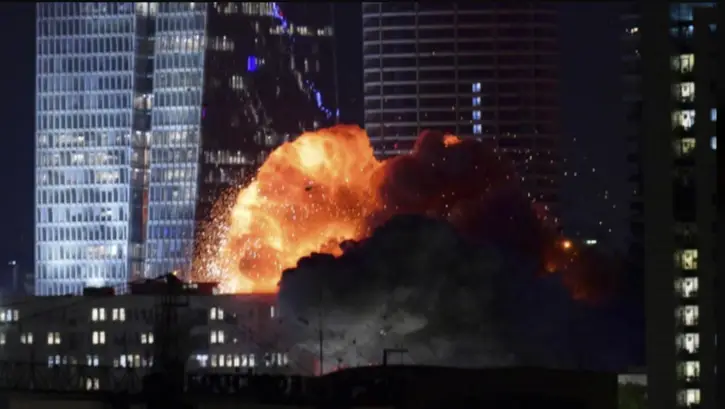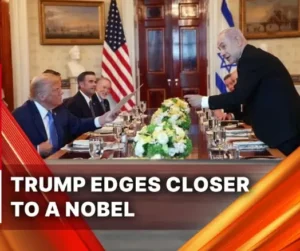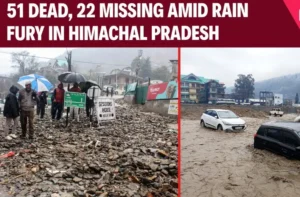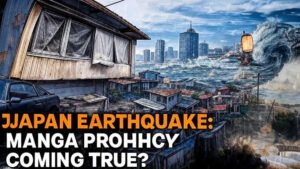On June 13, Israel initiated a sweeping offensive, codenamed Operation Rising Lion, targeting over a dozen sites across Iran. These included key nuclear facilities in Natanz, Khondab, and Khorramabad, as well as military installations and the private residences of senior Iranian commanders. The strikes resulted in the deaths of top military leaders and nuclear scientists, with Iranian authorities confirming the loss of several high-ranking officials and widespread damage to critical infrastructure. This ongoing conflict has become part of the narrative of Israel and Iran Trade Blows:
In retaliation, Iran launched a barrage of missiles and drones at Israeli cities, including Haifa, Jerusalem, and Tel Aviv. These attacks led to multiple casualties and significant property damage in northern and central Israel. Emergency services reported at least three deaths and over a dozen injuries, while air raid sirens and explosions became a common sight over Israeli skies. The situation continues to escalate as Israel and Iran Trade Blows:
Israel Iran Conflict: New Strikes Rock the Middle East – Israel and Iran Trade Blows:
As tensions rise, the international community watches closely, concerned about the potential ramifications of these clashes. The ongoing events are a stark reminder of the fragile state of peace in the region as Israel and Iran Trade Blows:
The Israel Iran conflict has erupted into its most dangerous phase in years, as both nations launched significant strikes against each other’s military and nuclear infrastructure. The latest escalation has heightened fears of a broader Middle East escalation and drawn in global attention.
Impact on Nuclear Talks and Regional Stability Israel Iran Conflict
The ongoing Israel Iran conflict has severely disrupted diplomatic efforts. Tehran immediately suspended nuclear negotiations, which the United States had considered vital for de-escalating the situation. The U.S. and other international actors have called for restraint, but both sides remain defiant, with Israeli leaders vowing further action and Iran promising harsh retaliation.
The strikes have also affected vital energy infrastructure. Israeli attacks on Iranian oil and gas facilities triggered fires and halted production at major sites, while Iranian missiles targeted strategic locations in Israel, including military headquarters and gas infrastructure.

Humanitarian and Political Fallout Middle East Israel Iran Conflict
The humanitarian toll is mounting. Iran reported at least 78 fatalities and over 320 injuries from the initial Israeli strikes, while Israel has seen multiple deaths and over 170 wounded from Iranian retaliation. Relief agencies are active across affected provinces, and the threat of further escalation looms large.
Politically, the conflict has polarized public opinion in both countries. While many Israelis support decisive action against Iran, skepticism is growing about the long-term effectiveness of military strikes. In Iran, calls for a strong response have intensified, with leaders vowing to target both Israeli and U.S. interests in the region.
Global Response and the Path Forward Israel Iran Conflict
The international community is watching closely. U.S. President Donald Trump and Russian President Vladimir Putin have discussed the crisis, with both leaders urging an end to hostilities. Meanwhile, the United Nations faces mounting pressure to intervene and mediate a de-escalation.
As the Israel Iran conflict continues, the risk of a wider Middle East escalation remains high. Both nations show no signs of backing down, and the region stands on the brink of a potentially prolonged and devastating confrontation.






